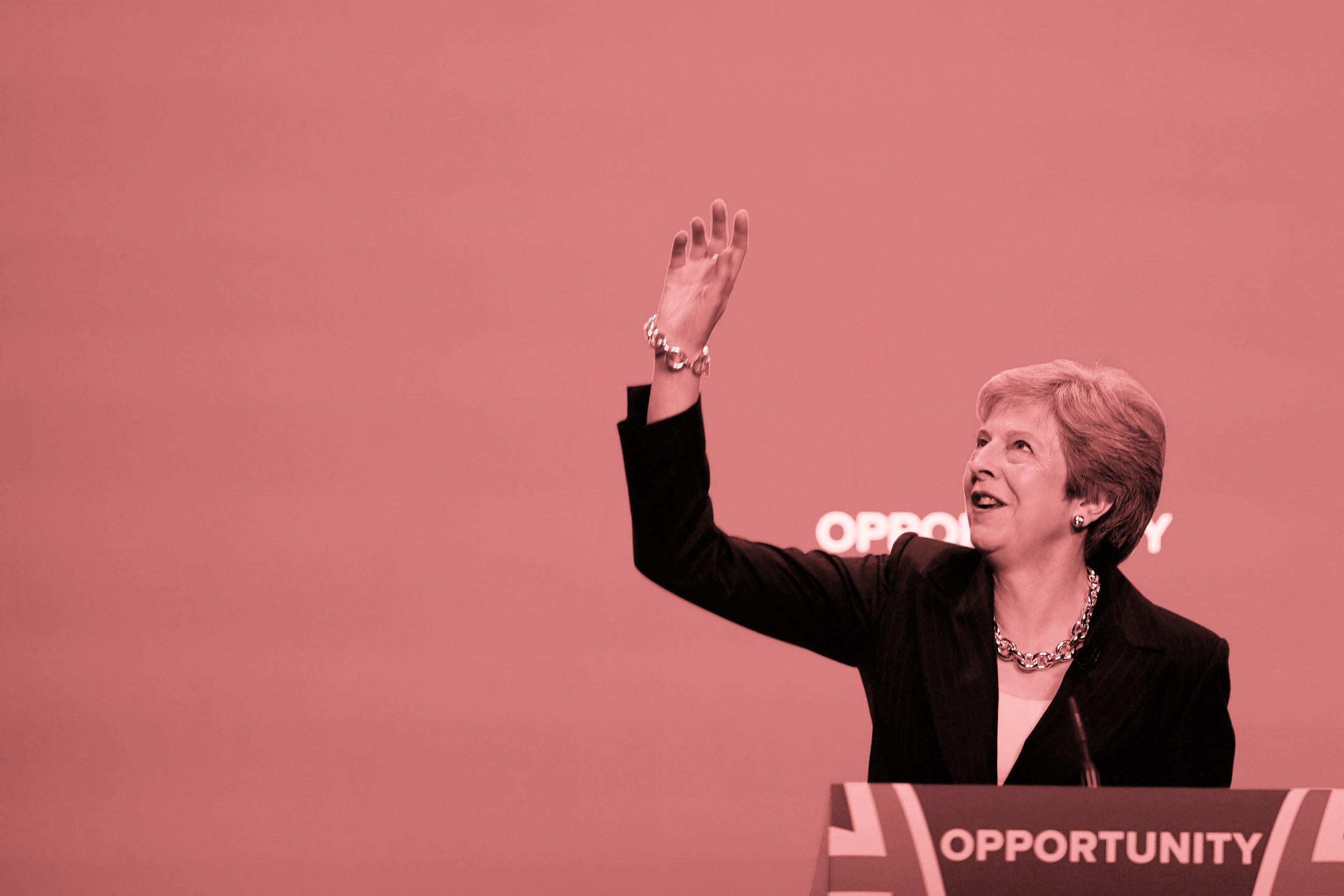Can Theresa May legitimately say that ‘austerity’ is over?

Theresa May had a seemingly major announcement to make in her Tory party conference speech.
“A decade after the financial crash, people need to know that the austerity it led to is over and that their hard work has paid off,” she said.
But what does she mean by austerity? What has its effect been? And can it really be said to now be over?
What does austerity mean?
Sadly, there isn’t a single, simple definition.
Some use it to refer to public spending cuts and tax rises. Others use it to refer to overall government deficit reduction.
But even that’s not a clear cut division, because some define austerity as cuts in cash terms while others insist on an inflation adjustment.
Many fiscal experts measure it as fiscal consolidation as a share of the UK’s GDP, although some use “potential” GDP as the denominator in order to adjust for the impact of the economic cycle on tax revenues.
The former chief civil servant at the Treasury, Nick Macpherson, somewhat bizarrely, appears to see austerity only when there are cuts to national debt as a share of GDP.
All of this conceptual disagreement, unsurprisingly, makes for a huge amount of controversy about where austerity can be said to have even started let alone ended.

So what’s a reasonable view?
Probably the most useful and relevant way to think about austerity is to look at spending and tax increases relative to previously announced plans. Deliberate reductions relative to previous plans can thus be considered as austerity.
So in his 2010 Budget the previous Chancellor, George Osborne, took Labour’s sketched out plans for consolidation and deliberately made them bigger. He outlined plans for £128bn of “discretionary fiscal consolidation” over five years, made up of £29bn of tax rises and £99bn of spending cuts.
The original timetable of consolidation was not met, as some cuts were delayed when the economy faltered, but this was clearly the start of a major phase of public sector austerity
What did this mean in practice?
VAT was hiked from 17.5 per cent to 20 per cent. Whitehall departmental budgets have been slashed, with particularly heavy cuts imposed on the Home Office, Education and Defence.
Grants to local councils have been cut in half.
Health spending has been protected in real terms, but rising demands on the service from an ageing population means the NHS has endured the biggest spending squeeze since its foundation.
Welfare payments have also been cut.
So is it now over?
On current announced policy, and using the definition of fiscal consolidation relative to previous plans, the answer is no.
The budget deficit as a share of GDP is currently back to pre-financial crisis levels, falling to around 1.9 per cent of GDP in 2017-18. The current budget deficit – the bit that excludes government spending on infrastructure – is now in surplus.
Yet, as the Institute for Fiscal Studies has made clear, there are still several billion pounds of welfare budget cuts scheduled in the coming years, which will make hundreds of thousands of families worse off, and also further cuts to many Whitehall department budgets (although the NHS has been promised a £20bn increase by 2023).
The next Budget from the Chancellor, Philip Hammond, is due on 29 October.
Unless he announces a reversal of these cuts, Theresa May’s words on Wednesday can be dismissed as political rhetoric, rather than economic or fiscal substance.
Join our commenting forum
Join thought-provoking conversations, follow other Independent readers and see their replies
Comments
Bookmark popover
Removed from bookmarks